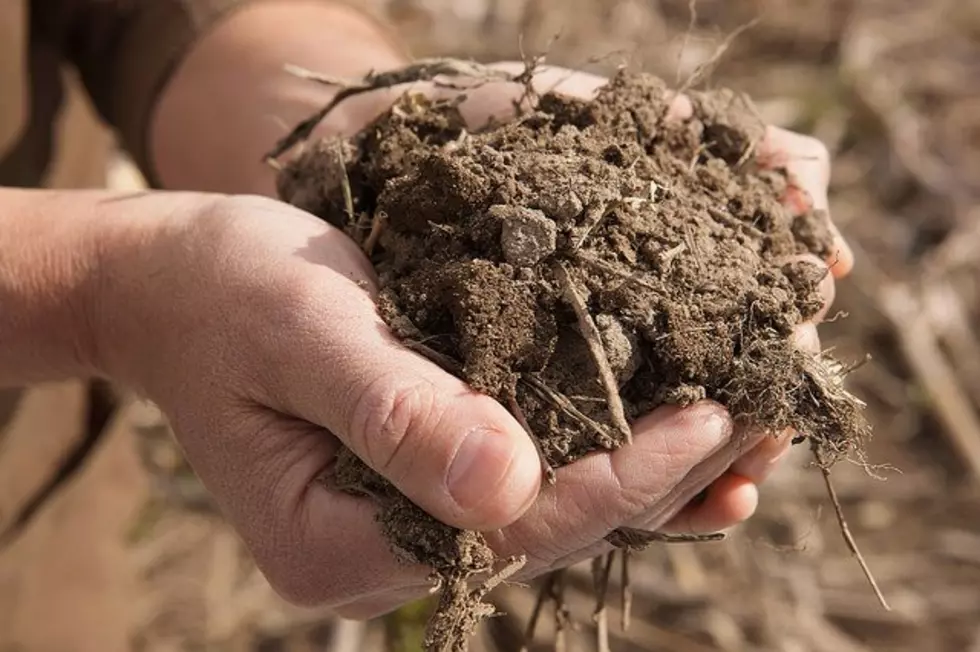
Free Soils Data Webinar in March to Uncover Soil Secrets
The Washington Soil Health Initiative is offering a free webinar series this March, titled "Making Soils Data Actionable."
Who is the webinar series for?
The free series is meant to help farmers, agricultural advisors, staff, and decision-makers who are new to, or overwhelmed by, soil data.
The series will highlight projects in Washington that use soil data to inform on-farm management decisions. Goals include teaching participants how to take action on soil data and where to find available resources for guidance.
When does the "Making Soils Data Actionable" series take place?
There are four sessions available to attend in this series. They are as follows:
March 13, 12-1 pm PST
Adam Peterson, Senior GIS and Science Specialist of Thurston Conservation District, will help share strategies for interpreting soil tests while accounting for farm scale, fertilizer preferences, and crop-specific needs.
March 20th, 12-1 pm PST
Lindsey du Toit, Professor and Chair, Department of Plant Pathology of Washington State University, will share research on how growers have helped double the spinach seed production ability of the Pacific Northwest.
March 27th, 12-1 pm PST
Troy Peters, Professor, Department of Biological Systems Engineering of Washington State University, will offer a grower's focus and discuss soil moisture data, sensors, and irrigation water management.
April 3rd, 12-1 pm PST
Jadey Ryan, Data Scientist at Washington State Department of Agriculture, will speak direction to R users to offer a demon of the {soils} R package, which will be released to the public in March.
How to attend
Registration for the soil webinar is free, and available at the Making Soils Data Actionable Webinar Series page.
Washington's Top 10 Commodities
Gallery Credit: Danielle Kootman
Guide: Top 5 Counties With The Most Farmland In Washington State
Gallery Credit: Rik Mikals
More From PNW Ag Network








